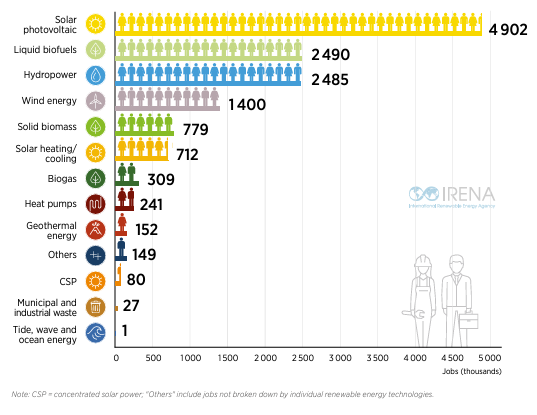In order for the PV system to be brought to the client as a final product, dozens of PV industry sectors should work together to achieve this goal. The PV industry is composed of several levels of businesses and organizations. The first level involves manufacturers that usually donors deal directly with clients, but they make the main parts of the PV system, such as Modules, Inverters, Batteries, Balance of Systems. The second level is the medium between the client and the manufacturer, which is referred to as an integrator. The integrator offers services such as engineering design, permitting requirements preparations, installations, monitoring, and operation and maintenance (O&M). Integrators work closely with architects, builders, contractors, and utilities to meet all standards, codes, and regulations. The third level is the installers, who can be either independent entities such as electrical contractors who specialize in PV installations or can also be directly hired by the integrators. Installers are the most visible members of the PV industry, as they are the ones who ensure safe and quality installations.
Finally, there are numerous not-for-profit organizations that advocate their mission to serve and promote the PV industry, such as research institutes, marketers, installer training institutes, and standards development.
With greater market share comes demand for a qualified workforce to help achieve goals, and therefore the U.S. solar job market has soared in the past few years and currently there are around 260,000 people who are qualified or are in training as solar professionals (SEIA press).
According to the International Renewable Energy Agency (IRENA) Annual Review 2023 [shown below and as Figure 1.12 in the recommended reading for this lesson], by the end of year 2023, there were 13.7 million workers in the field of renewable energy worldwide. The PV industry in on the top of the list with the highest number of employees, accounting for nearly 4.9 million workers worldwide who are involved in PV solar-related jobs. On the same list, the CSP workers were only around 80,000 workes worldwide. This proves the fact that solar PV is the still the predominant renewable energy technology, and the need for more qualified practitioner is strongly needed.

| Industry | Jobs (in thousands) |
|---|---|
| Solar Photovoltaic | 4902 |
| Liquid Biofuels | 2490 |
| Wind Power | 1400 |
| Biomass | 779 |
| Solar Heating/Cooling | 712 |
| Biogas | 309 |
| Hydropower | 2485 |
| Geothermal | 152 |
| Concentrated Solar Power | 80 |